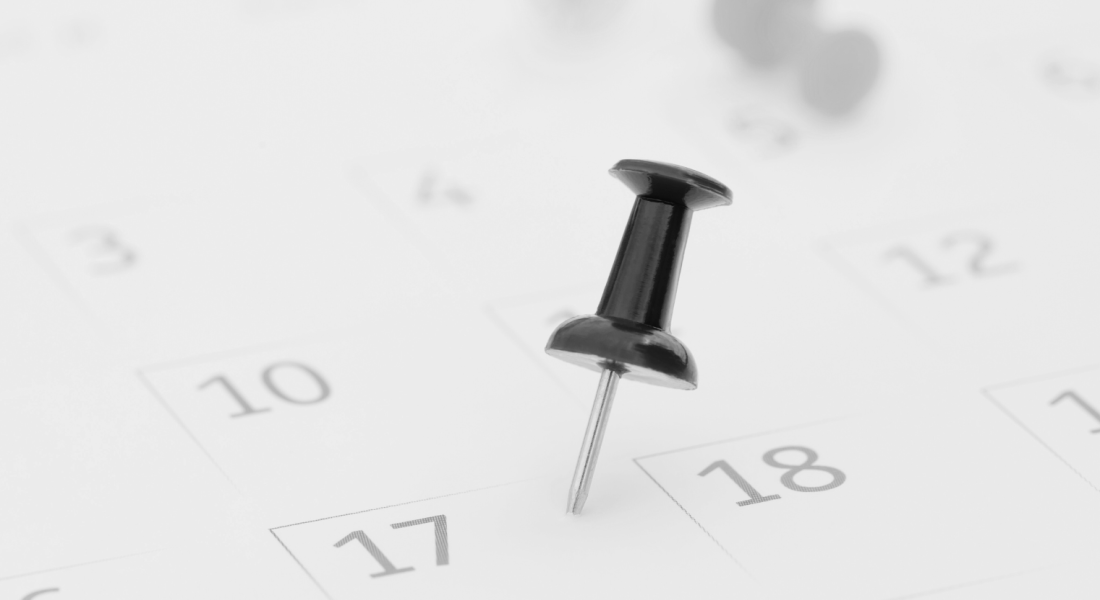W hen I first started my career in PR, it seemed to me there were two fundamental elements to media relations. The first, producing content or comment that was topical, relevant and that people would want to engage with. The second, putting it somewhere that would reach the right people.
While these fundamentals still hold true, to measure the impact of a piece of coverage there is a third aspect: looking at what happened next. When a piece of content has been placed, or a feature has been pitched, there’s a temptation to think ‘box ticked.’ But if that piece of coverage doesn’t achieve anything, then it may not mean a whole lot.
Here are three factors marketers need to consider when measuring the impact of media coverage:
1. Ask the right questions
I still get a huge buzz from sending clients emails with COVERAGE in the header. We got the hit, the client is pleased, it’s all good. But that doesn’t mean it’s job done. In order to understand its impact, we have to ask, ‘so what?’ What difference did it make to the business? What wider goal did it contribute to?
Depending on the objectives of the marketing team, media coverage could help to achieve multiple objectives – and these may change over time. Perhaps coverage is looking to generate leads or drive traffic to a piece of marketing collateral. Maybe the aim is to educate the market about an emerging trend?
Whatever it is, it’s crucial to set these objectives at the start of a campaign. In doing so, you can become incredibly targeted and focus on building relationships with influential publications and people that are going to help yield the biggest results in line with what you’re trying to achieve.
By setting clear goals, it immediately becomes much easier to see how media exposure is contributing to the business. Say one of your goals is to raise regional awareness. You may decide to identify certain channels you believe will influence that goal, including media, trade bodies, certain events… You can then quickly monitor whether you’ve engaged with those outlets, if you achieved a positive reaction from the community, share of voice on X issue, and so on.
Of course, understanding a shift in the market or how a reputation has been enhanced can be less tangible which is where my next tip comes in.

I still get a huge buzz from sending clients emails with COVERAGE in the header... But that doesn’t mean it’s job done. In order to understand its impact, we have to ask, ‘so what?’
2. Look beyond the numbers
Media coverage is often measured by readership, circulation or domain authority, for example. These are helpful indicators in order to understand the visibility and credibility of a publication, but to understand the bigger impact we need to dig deeper.
This is where anecdotal evidence can become a powerful measurement tool. A big part of Fourth Day’s Can Do methodology (more about that here), it involves taking on the role of investigator and working with the marketing team and other key stakeholders to draw out qualitative information that goes beyond the numbers.
For example, when I asked a client how downloads of a whitepaper were going, they shared that a senior leader from a FTSE 500 organisation had accessed it. When we looked closer, we realised they had interacted with a social post promoting the paper and clicked through from there.
Another client was recently invited to speak on a panel. When I asked the event organsiers how they’d found her name, they mentioned they’d googled experts in that area and several articles had popped up, including features in nationals like the guardian. This is a prime example of the organic SEO opportunities that come hand in hand with media relations.
3. Take the long view
‘How soon can I expect results?’ is a question I get asked in most kick-off meetings. While it’s a completely valid one, it’s often asked by those who are under pressure to get ‘a result,’ rather than considering what it is we’re really trying to achieve.
Nobody’s going to create a reputation overnight and building trust, credibility and authority takes time. To understand if you’re moving closer to those goals, measurement should be an ongoing process. However, it’s also important to sit down and review activity every few months in order to see if those questions are driving the right answers, and if strategy or activity needs to shift.
Finally, to amplify media coverage and get the most out of it, marketers can take some small steps to drive bigger results.
I always recommend that any marketing team develops a set of processes for what happens when a ‘hit’ lands. This doesn’t have to be wildly complicated but ensures all the boxes are being ticked every time. Share the news internally and suggest what action can be taken amongst relevant departments – it might be a social post from the leadership team or an email template that the sales team can use to nurture prospects. Can it be shared on the website, or added to relevant spokespeople’s email signature? Can we reference it in an upcoming report? When we stop thinking of media coverage as a one-off hit, and start thinking of it as a resource, its potential starts to increase.
Share this:





